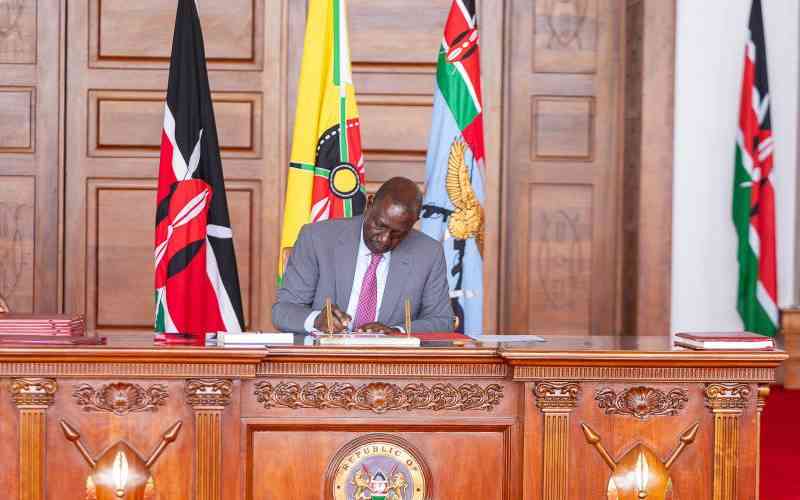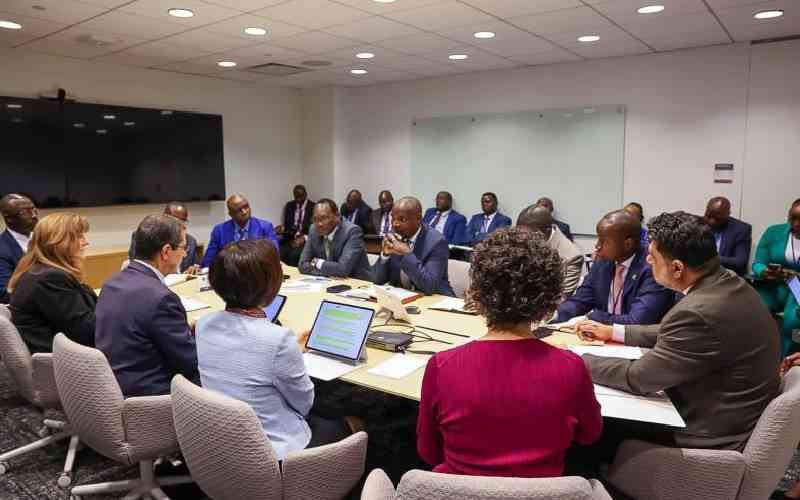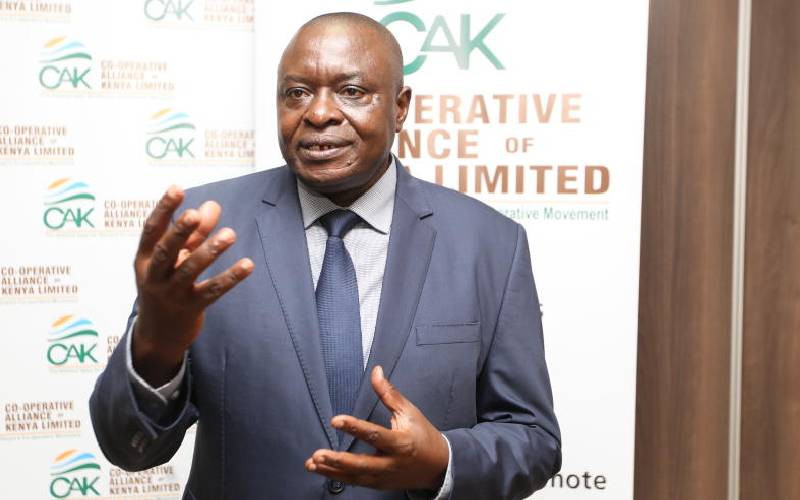
Mergers and acquisitions (M&A) are gaining traction in Kenya as businesses look for strategic ways to navigate financial pressures and unlock growth opportunities. M&A activity has seen a notable upsurge over the past two years, marking a strong rebound from the slowdown caused by the Covid-19 pandemic. Meanwhile, the World Bank forecasts a 5.2 per cent economic growth rate for Kenya between 2024 and 2026, driven largely by a strengthening private sector and rising business confidence.
This move has not only prevented premature liquidations but also propped up M&A as a viable business rescue strategy for Kenyan businesses in the same position. While still relatively under-utilised, M&A offers a structured path for companies to restructure debt, preserve operations, and protect stakeholder interests. It prevents catastrophic liquidations and props up M&A as a viable business rescue strategy. But for an M&A deal to function as a rescue strategy, compliance with Kenya’s legal framework is essential.
The Insolvency Act sets out the steps distressed companies must take, beginning with notifying creditors and seeking their approval for proposed restructuring plans. Regulatory oversight is then provided by bodies such as the Competition Authority of Kenya (CAK), which evaluates the deal against certain thresholds and sector-specific regulators.
Most critical of all, the interests of creditors, shareholders, and other stakeholders must seamlessly align. It is up to the company directors to ensure the deal is in the best interest of all parties, balancing debt repayment while preserving operational value.
The benefits of M&A are clear, but the path to get there is not without its challenges. Time sensitivity is a major hurdle. For companies on the brink of insolvency, delays can exacerbate financial decline, leaving little room for thorough due diligence or optimal deal structuring. Negotiations in distressed scenarios are equally complex. Multiple stakeholders, each with differing priorities, must find common ground. Then, parties must wade through one or more regulatory approval processes that seriously slow down transactions, further compounding time pressures.
Debt restructuring is another critical factor. Many distressed companies carry significant liabilities, making it challenging for shareholders to negotiate favourable terms. Creditors may resist debt-to-equity conversions or extended repayment plans, which can undermine the viability of a deal.




Debt restructuring often forms the backbone of distressed M&A transactions. Common approaches include debt-to-equity swaps, extended repayment terms, or asset-based settlements. These strategies reduce the financial burden on the distressed company while ensuring creditors recover part of their investment.
Historically, liquidation and receivership have been the go-to solutions, but M&A presents a compelling alternative. By leveraging partnerships, attracting private equity investment, and embracing innovative debt solutions, companies can turn potential collapse into an opportunity for revitalisation.
As business evolves, it’s not farfetched to see M&A becoming a cornerstone for reshaping industries, saving jobs, and revitalising key sectors. For forward-thinking leaders, time to explore M&A as a strategic solution is now. By embracing this approach, Kenyan businesses can navigate financial distress with confidence, ensuring long-term sustainability.
Ms Mbugua is Corporate and Commercial Partner at Cliffe Dekker Hofmeyr Kenya







